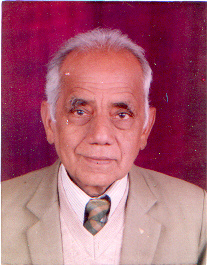Unified Theory's New Principle of Null Action
Date: 2010-06-12 Time: 07:00 - 09:00 US/Pacific (1 decade 4 years ago)
America/Los Angeles: 2010-06-12 07:00 (DST)
America/New York: 2010-06-12 10:00 (DST)
America/Sao Paulo: 2010-06-12 11:00
Europe/London: 2010-06-12 14:00
Asia/Colombo: 2010-06-12 19:30
Australia/Sydney: 2010-06-13 01:00 (DST)
Where: Online Video Conference
This video conference used DimDim, now a private company.
The meeting can be replayed by clicking this link:
watch the meeting recording
Description
Quantum Theory� Uncertainty Principle violates conservation of energy & momentum and invokes matter� unrealistic creation from, and dissolution into, nothing. In Unified Theory action is an evolute of sharmon with Planck constant h as its quantum. The inviolable conservations of energy and momentum ordain conservation of action, invalidation of the Uncertainty Principle and introduction of the new Principle of Null Action. It has universal applications and is conceptually superior to the old Hamilton� Principle of Least Action as the latter unrealistically associates turnover of action NOT with variations in but with constant energy & momentum. In Nature, the path chosen by an isolated closed system during a real physical change through a succession of intermediate states from the initial equilibrium state `a' to the final equilibrium state `b' is such that the summation or integration of action covering all variations of energy or momentum is zero or null. Hence the name: �rinciple of Null Action� The new principle has successfully derived the generally accepted equations for the following: Schwinger's Quantum Dynamical Principle, Klein-Gorden Field Equations, Schrodinger Wave Equation, Special and General Relativity, Euler's Equations, Lagrange's Equations, Maxwell Equations for Electromagnetic Radiation, Newton's laws of motion, Thermodynamic Equation of State, Discharge of Capacitance through Inductance & Resistance.


